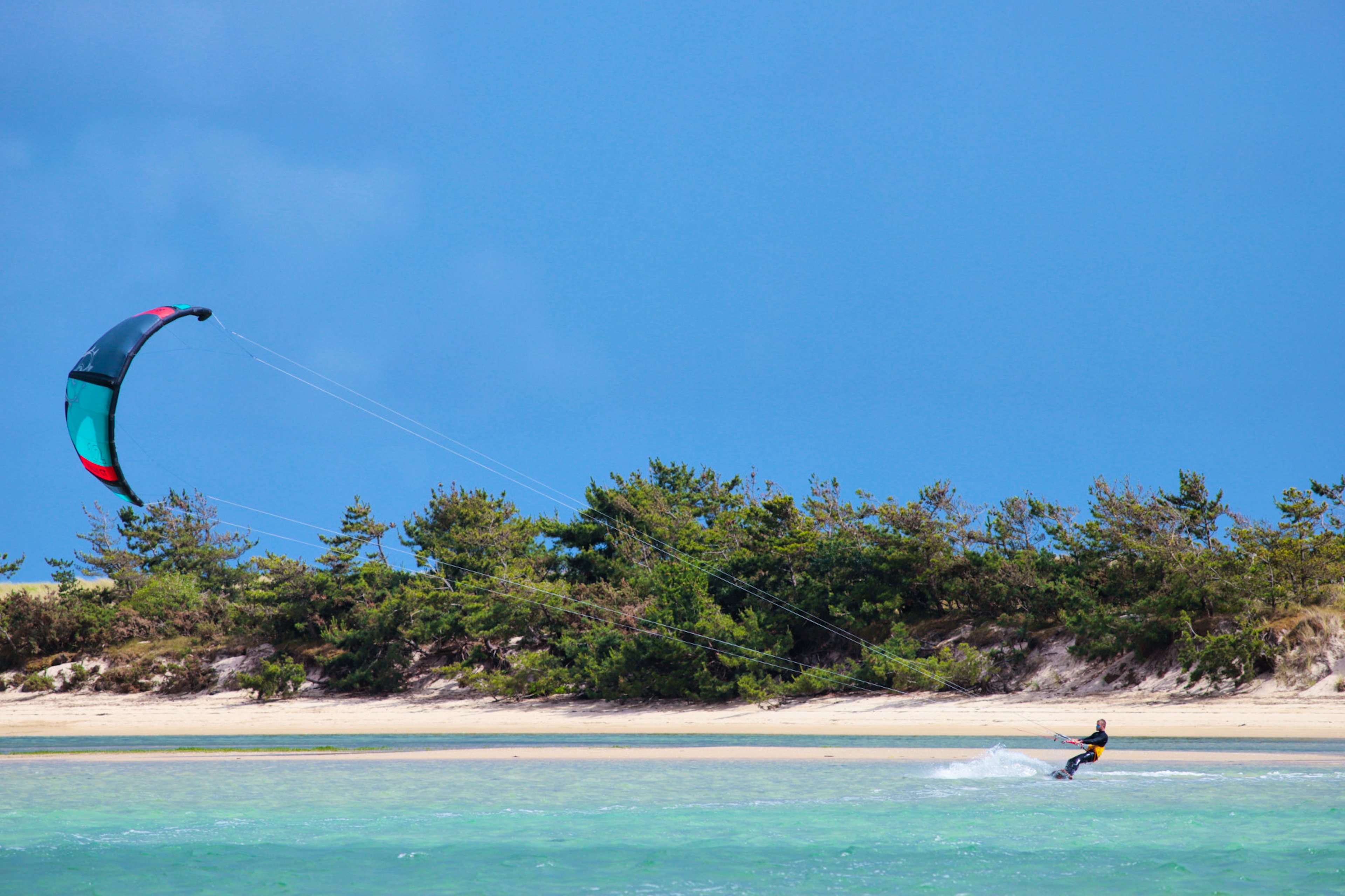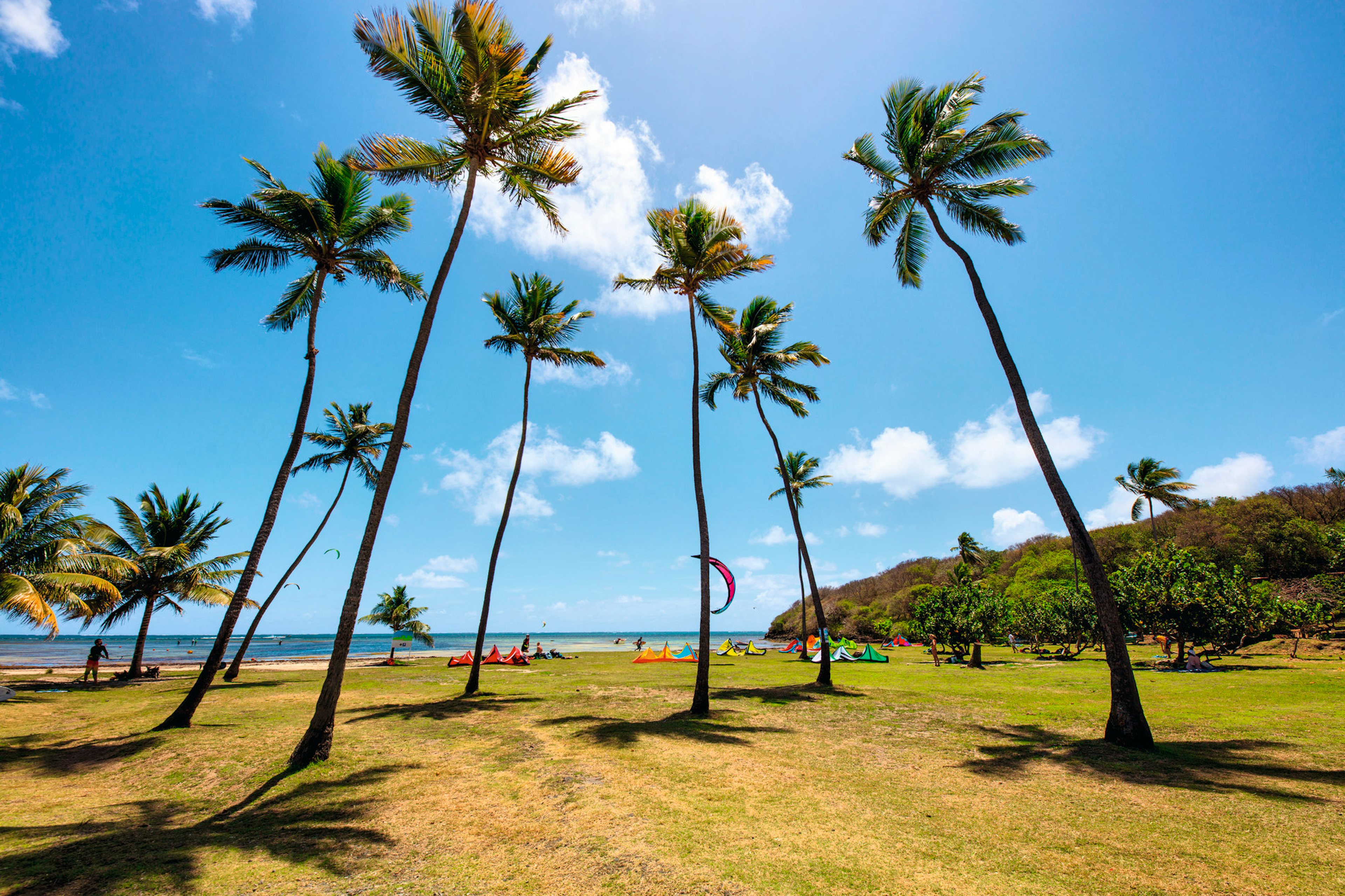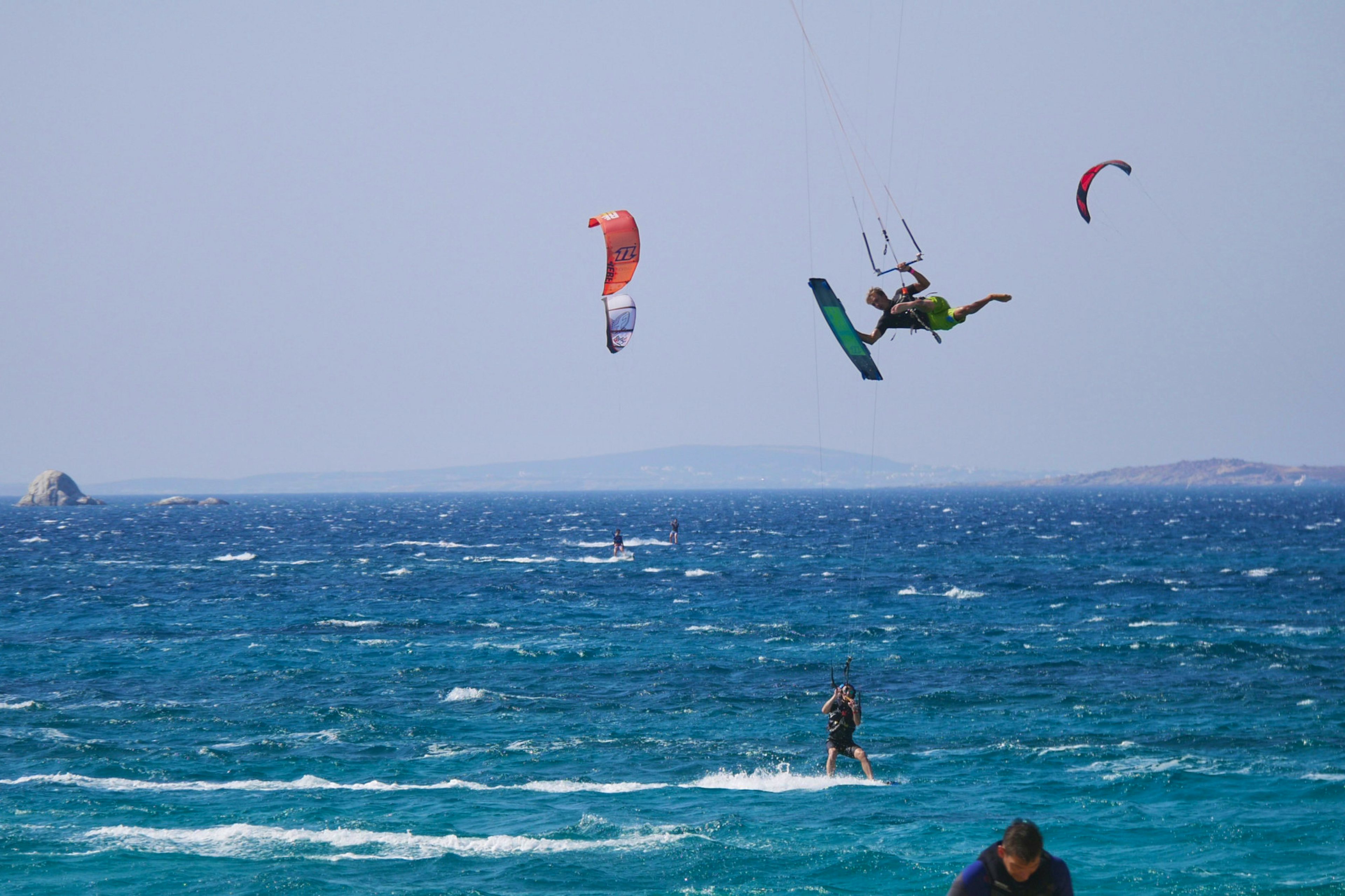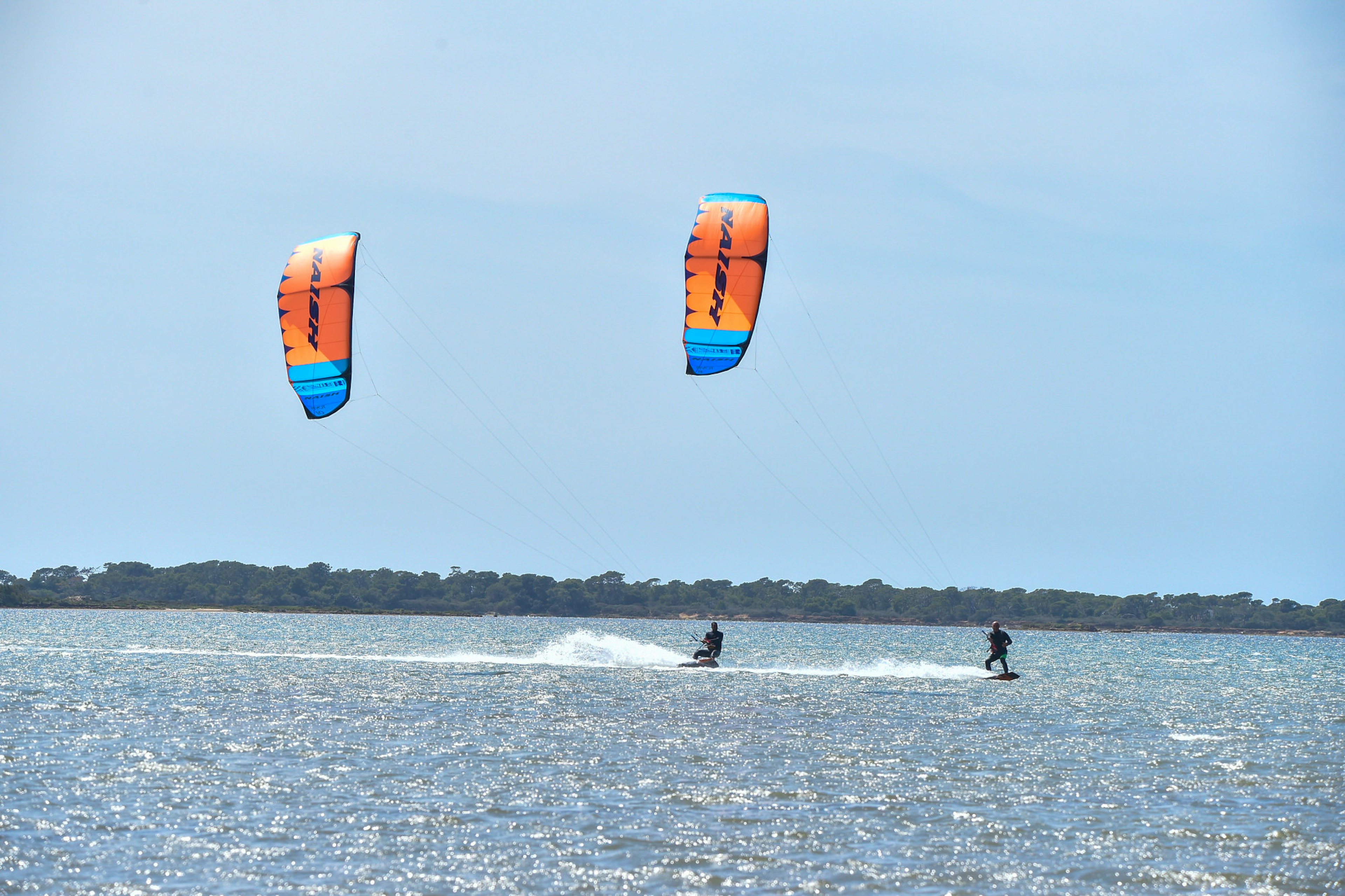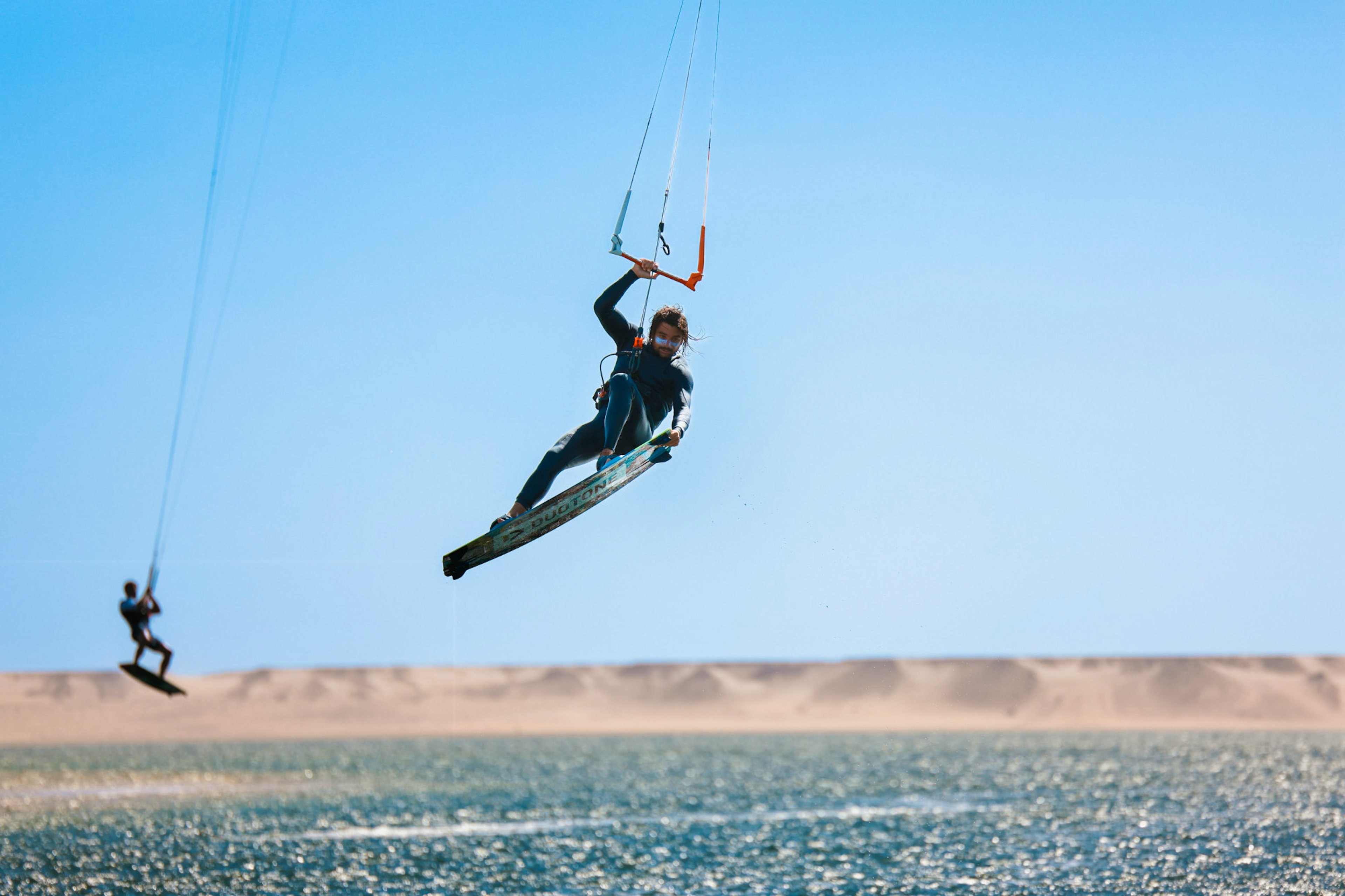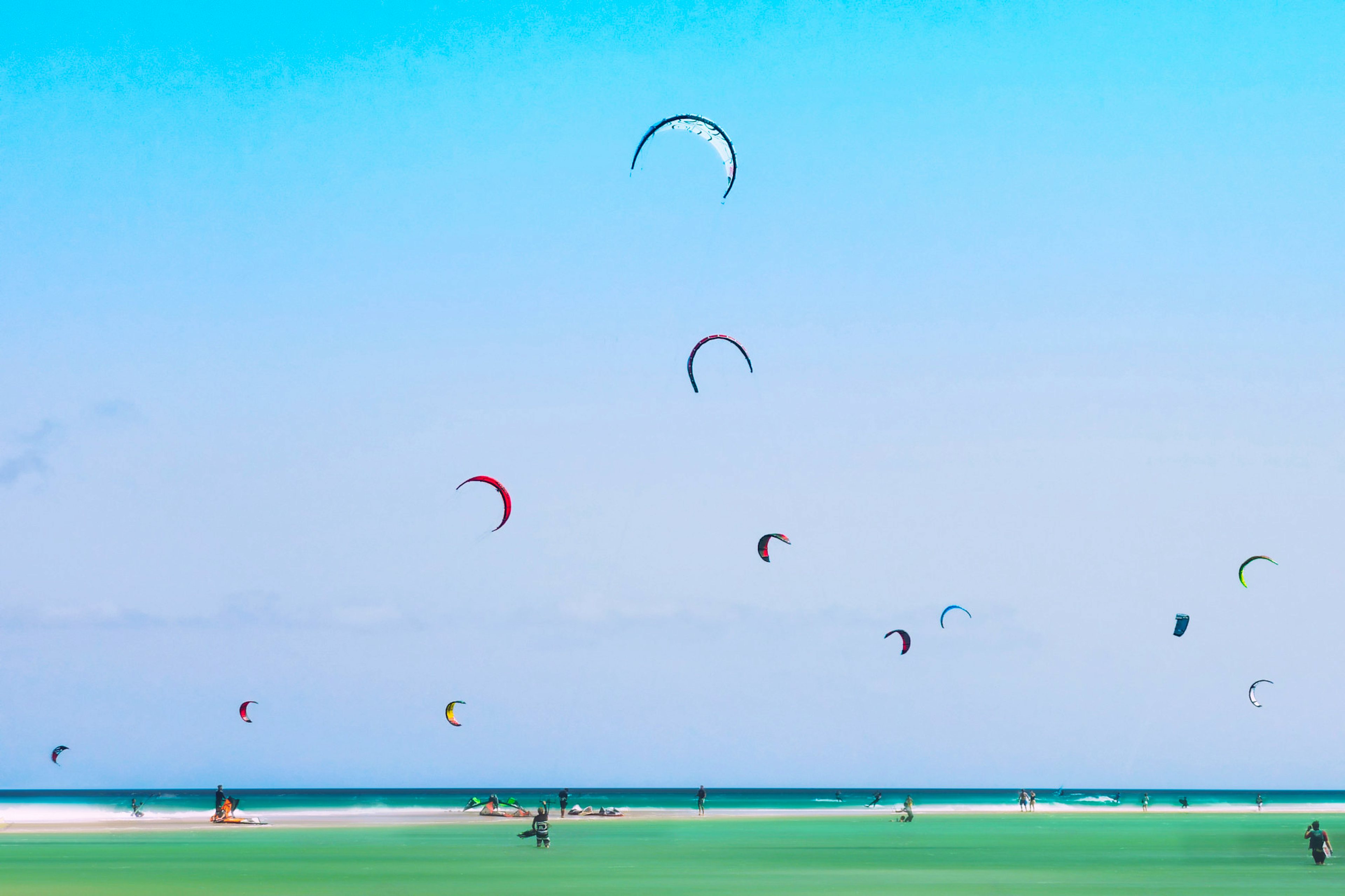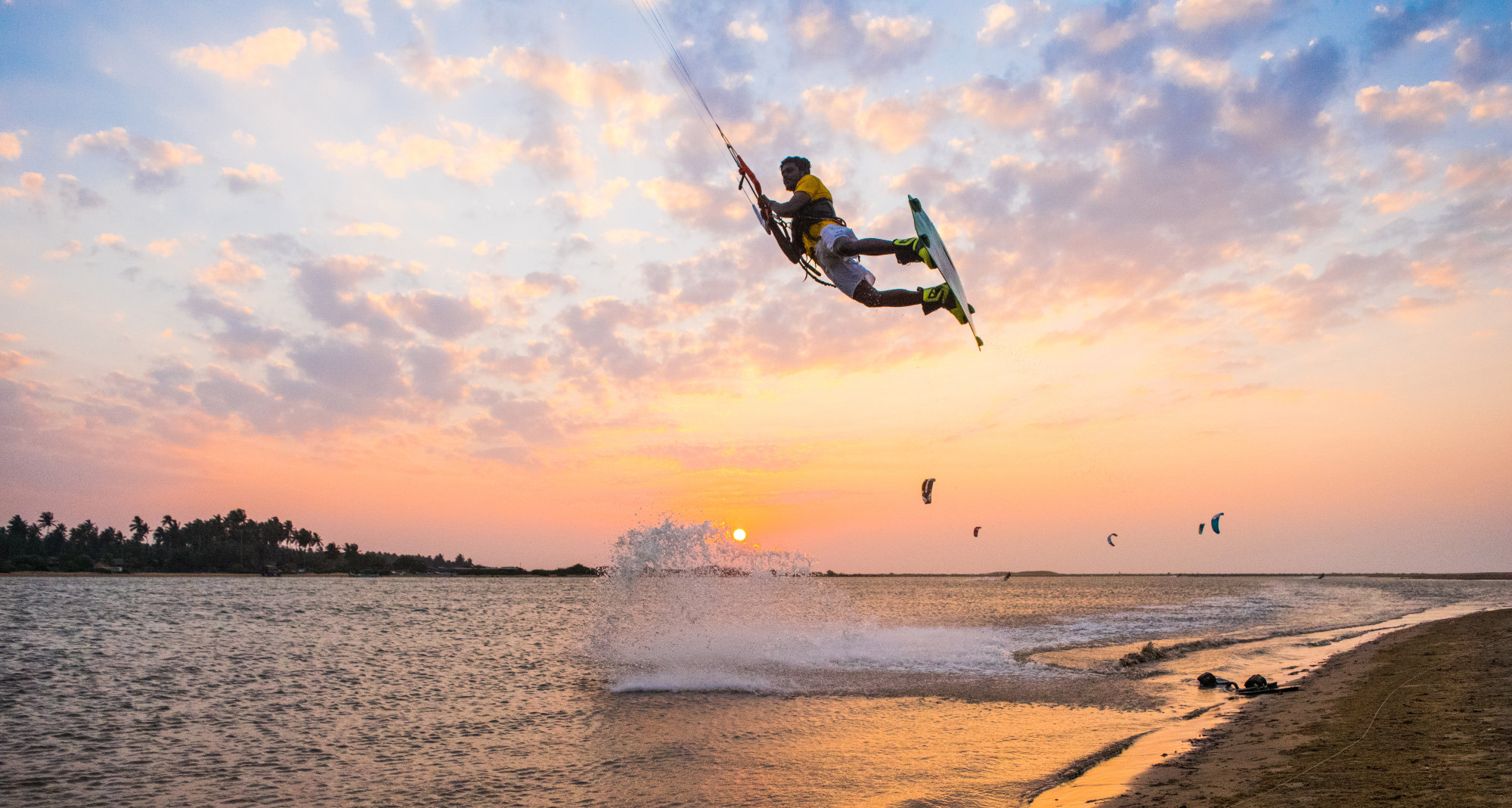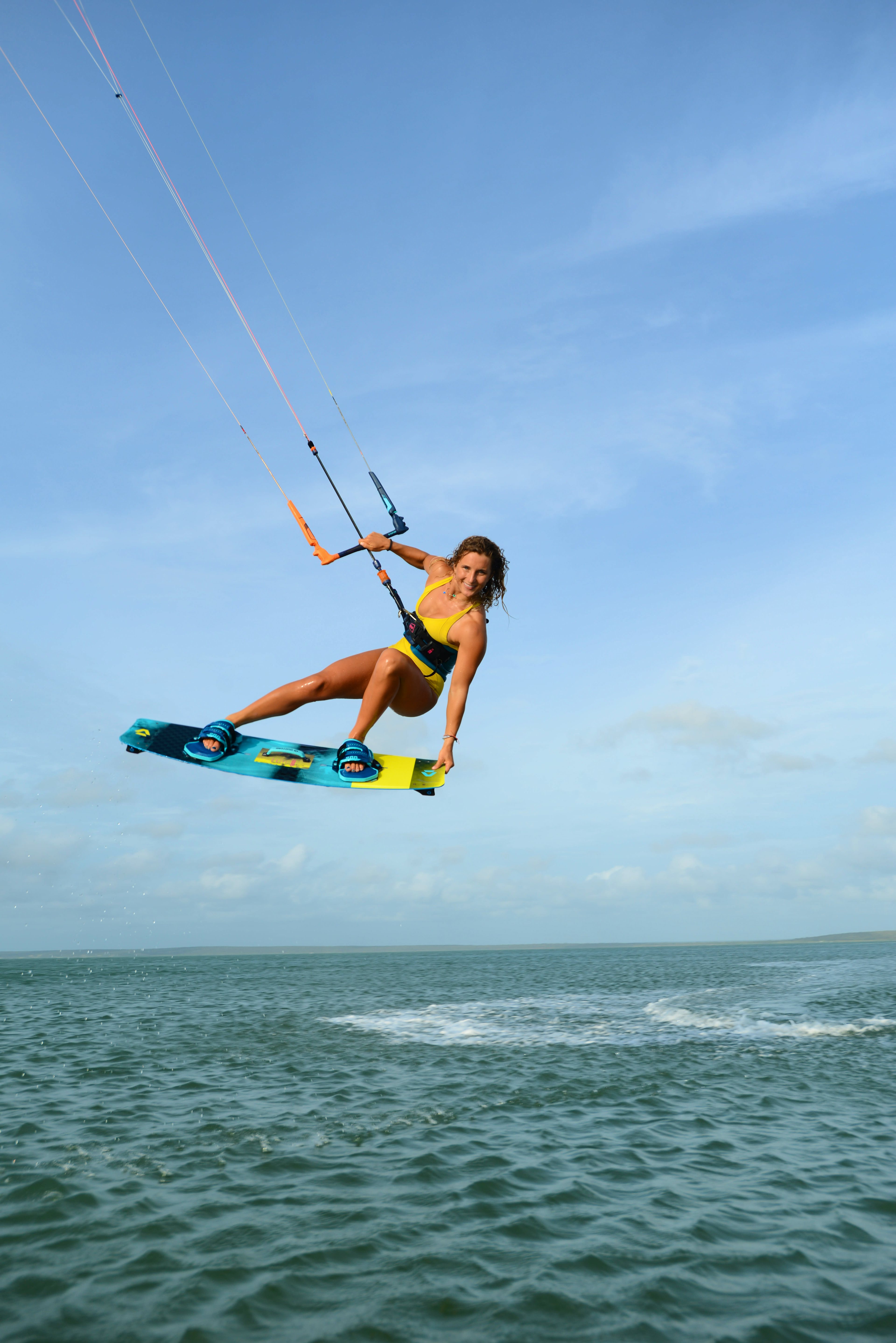
A lot of time is spent getting to know the equipment and how to master it. Learning the actual surfing technique is relatively easy. Usually four or five hours are enough to learn the basics. But as with the great arts, it takes a lifetime to perfect. One advantage is that you can practice with the kite even in winter, when you use skis or snowboards instead.
A typical day
The first day starts with an introductory meeting where the group, together with the instructor, goes through all the materials, equipment and safety required to kitesurf. This is followed by a review of the week's program and what you are expected to get out of it. A typical day usually starts with a morning session of about 2 hours. In the afternoon you have your second session, also lasting about 2 hours. The schedule for the day is adjusted according to weather conditions and wind.
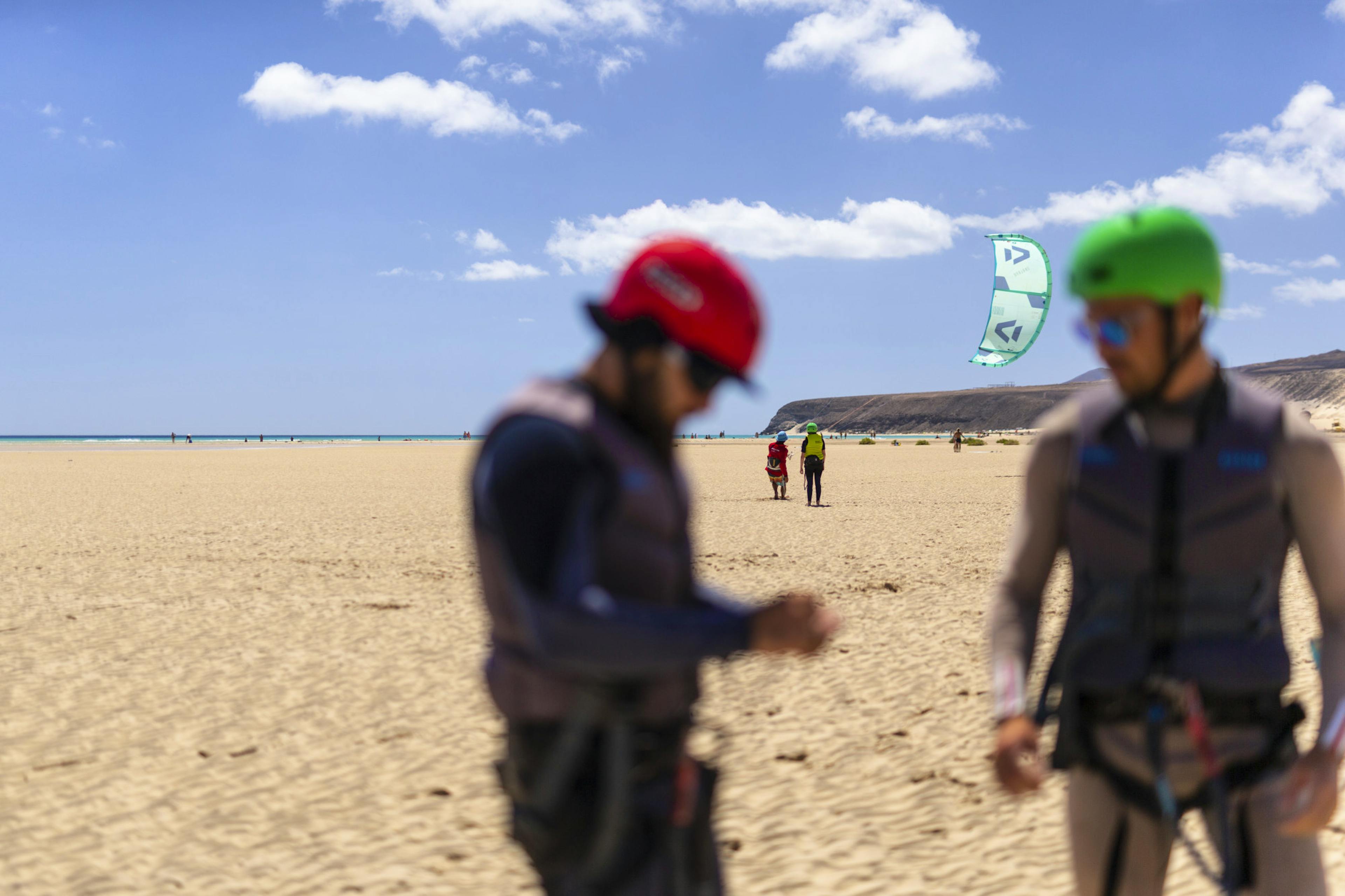


When & where should I go?
Nov - April
From November to April, head to Le Vauclin in Martinique. The trade winds make the conditions for kitesurfing optimal.
May - June
During this period, set your sights on Bénodet on the French Atlantic coast.
July - August
The best destination this time of year is undoubtedly Fuerteventura, Canary Islands. Here you will find strong winds and the practice takes place on a safe, flat lagoon. During the summer, the Meltemi wind blows on average 22-25 days per month in Naxos, Greece and is at its strongest in July & August.

How fast can I learn?
You will start on the beach with a special "beach kite": shorter lines (about 5 to 10 meters, instead of 20m). Here you will learn about the wind window, i.e. how to use the wind to surf.
After that, it's time to practice in the water, but without a board! You use the power of the kit for body dragging and after that it's time to waterstart with the board.
Now there is no turning back. You are hooked! Once you've mastered successful water starts and riding comfortably back and forth, it's time to focus on gaining height and surfing upwind. If you're lucky with the wind, you'll learn this in about 3 to 4 days!
Choose the right Kitesurfing level
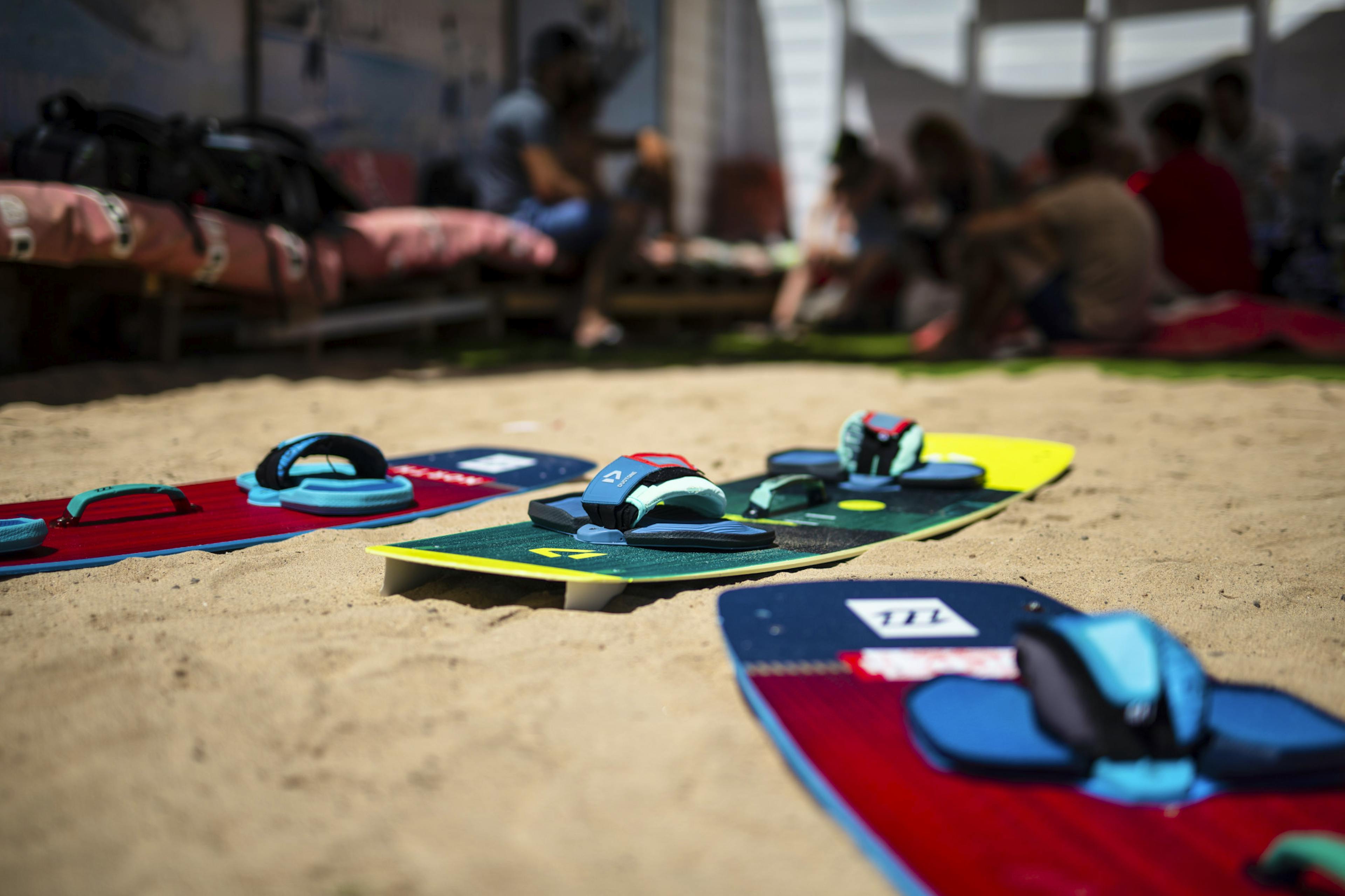
1
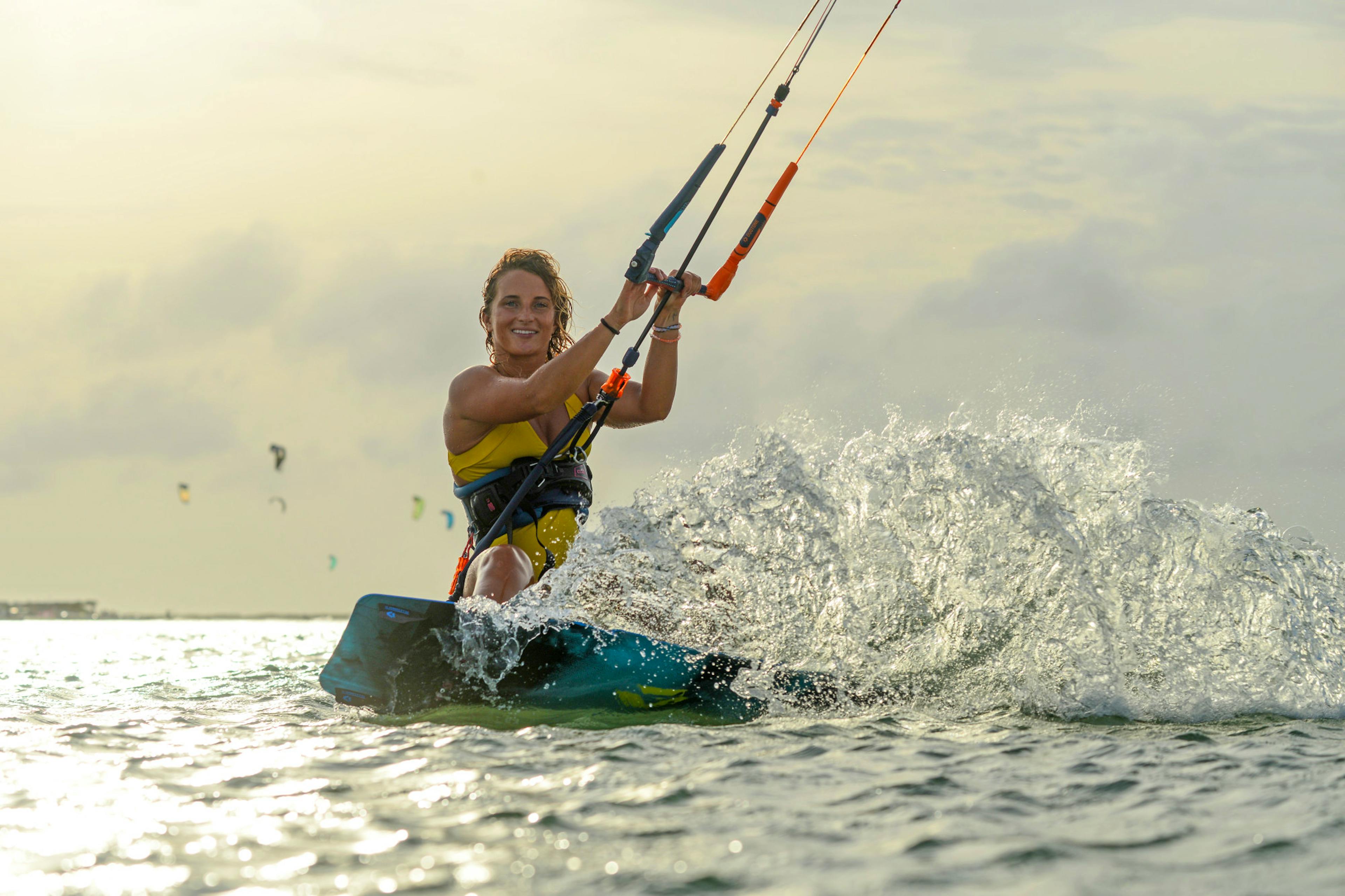
2
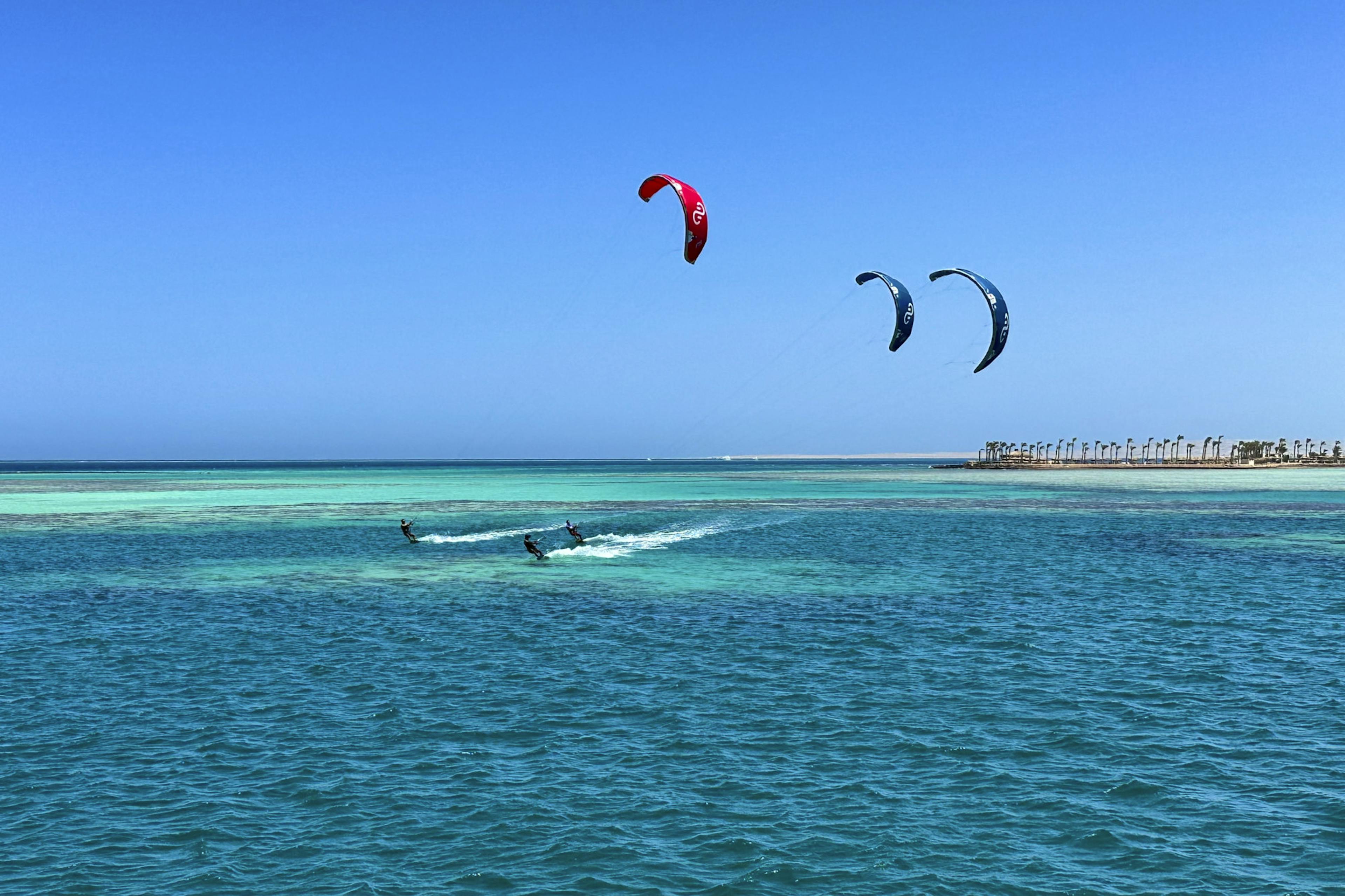
3
ACTIVITIES
Where can you go?
Destination
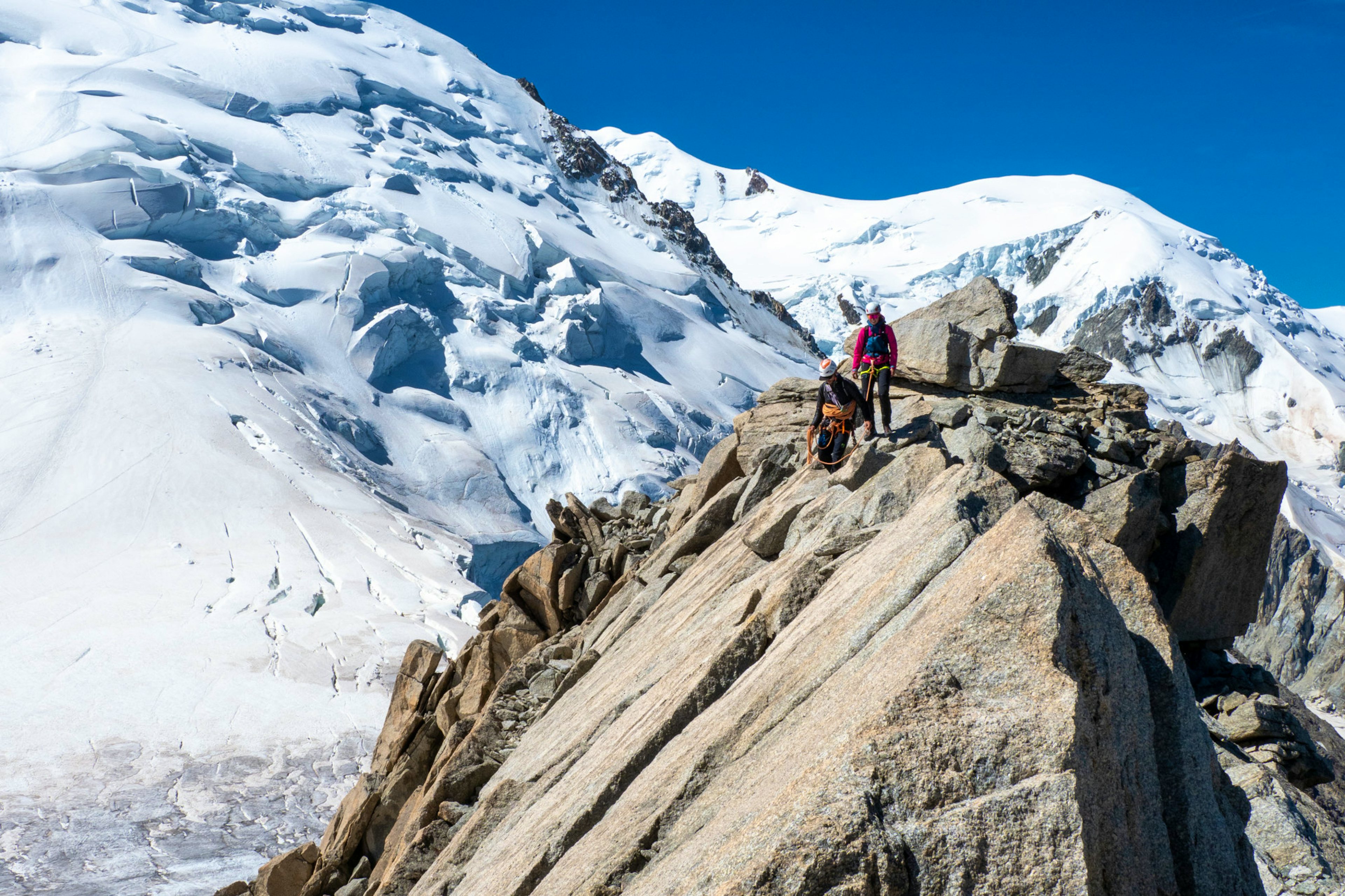
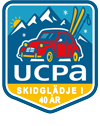
UCPA - Freely translated to English as "National Federation for Sports and Outdoor Centers" - has a history of over 50 years. It is, in short, a non-profit, all-French organization supported by, among others, the French state. The purpose is to give ordinary people the opportunity to learn and develop in one or more sports together, in pleasant and unpretentious forms. The organization has about 80 centers in France and the West Indies, 28 of them are located at well-known winter sports resorts in the French Alps.
© 2025 UCPA Travel AB.


